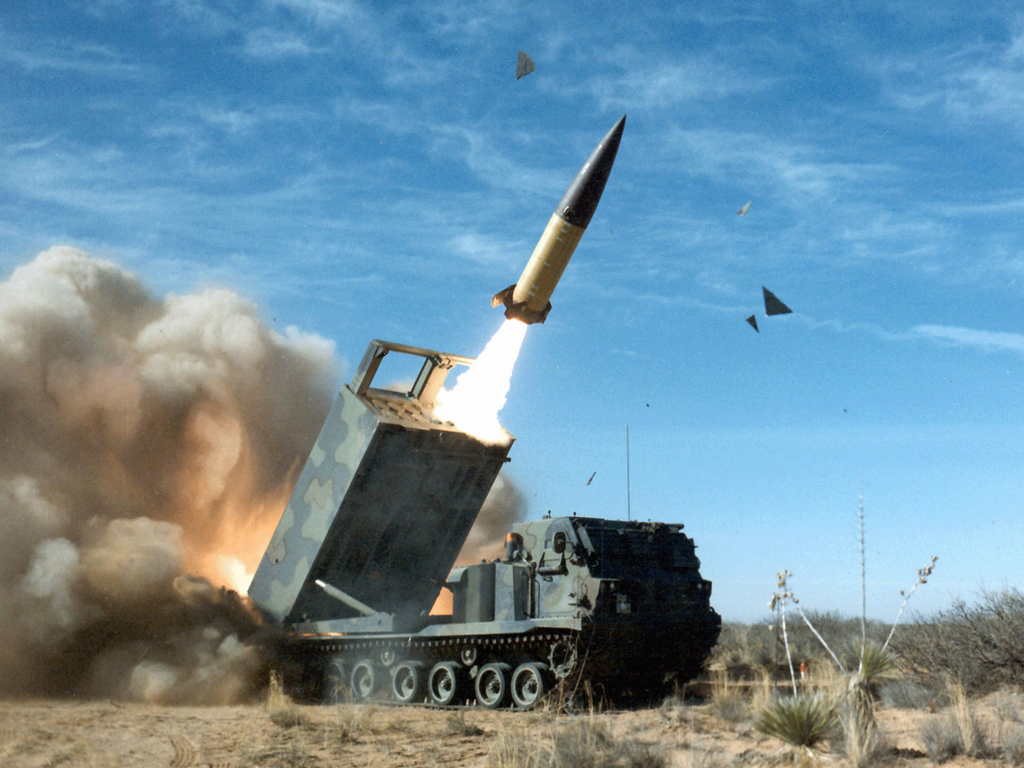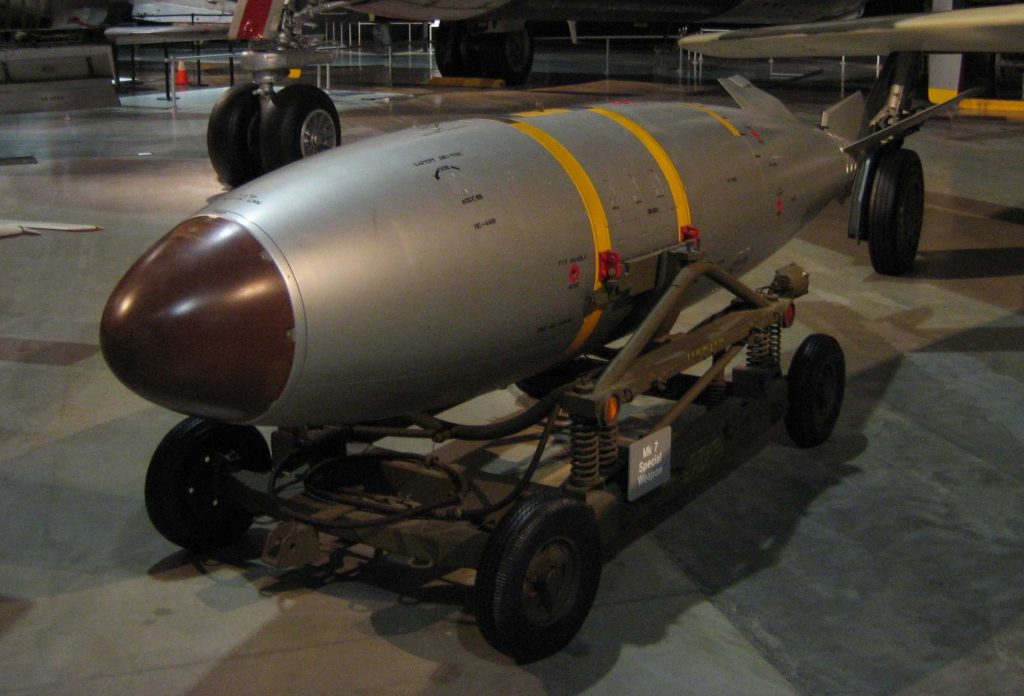
Or is this more politics than battlefield necessity? In recent weeks, President Vladimir Putin has elevated two of the most controversial weapons in the Russian arsenal the nuclear-powered Burevestnik cruise missile and the Poseidon underwater torpedo by giving state honors to their developers and declaring them of “historic significance.” These systems, touted as invincible and capable of bypassing any defense, arrive amid heightened tensions with the West over Ukraine and evolving nuclear doctrines that lower the threshold for use.
Whereas the Kremlin now portrays these developments as necessary steps to counter NATO missile defenses, the underlying technology contains profound risks-technical and geopolitical-from reactor safety to strategic stability. In practice, the real effects of such weapons may derive less from operational capability than from signaling capability. Here is a listicle that weaves together both technical insight and the broader strategic narrative of some of the most compelling aspects of these developments.

1. Burevestnik’s Claimed Capabilities and Range
Putin said the Burevestnik “outperformed all known missile systems” in flight range, and the latest tests reportedly covered 14,000 km over 15 hours. The Chief of General Staff, Valery Gerasimov, claimed it can conduct vertical and horizontal maneuvers in order to avoid defenses, loiter mid-air, and hit with “guaranteed precision.” NATO calls it SSC-X-9 Skyfall; a nuclear-powered cruise missile designed to evade any detection, also avoiding missile defense.
Yet at the same time, other analysts such as Pavel Podvig quickly point out that while the range is impressive, it is hardly groundbreaking. Subsonic speed and predictable low-altitude flight still leave it susceptible to interception once detected. The claimed endurance-powered by a compact nuclear reactor-remains unverified, with only a handful of successful tests in years of trials.

2. The Reactor Challenge and Safety Risks
Nuclear propulsion offers virtually unlimited range, but putting a reactor in a missile requires overcoming some of the hardest engineering challenges. Reactors are heavy, very hot, and require materials able to withstand thousands of degrees Fahrenheit. Designs can be “open,” expelling radioactive particles during flight, or “closed,” adding weight with shielding.
Past incidents illuminate the risks. An explosion in 2019 during a recovery mission at Nenoksa killed five Rosatom scientists and caused a radiation spike that was probably linked to a failed test of Burevestnik. The concept is a “flying Chernobyl,” warned Cheryl Rofer, a former chemist at Los Alamos, which means if the reactor fails while flying, there will be catastrophic contamination.

3. Radioactive Tsunami Threat from Poseidon
The Poseidon torpedo, also vaunted by Putin, is a multi-megaton nuclear warhead designed to be delivered underwater to produce a 500-meter-high radioactive tsunami. Russian sources indicated speeds up to 100 knots, 10,000-km ranges, and depths of 1,000 meters, with stealth features to evade detection.
But to experts, it’s more of a psychological weapon rather than a practical one for the battlefield. The scope of its destruction makes it fit only for retaliation, and the autonomous guidance involved raises several concerns about hacking, malfunction, and inadvertent escalation.

4. New Nuclear Doctrine Lowers the Threshold
In September, he outlined changes to the nuclear doctrine that expanded conditions of use from existential threats to “critical threats to sovereignty.” Belarus is explicitly under the Russian nuclear umbrella, and third-party states that may support an attack on Russia could be treated as joint aggressors. Coupled with expanded triggers to include “aerospace attacks” such as drones, these changes portend a willingness to escalate in more ambiguous circumstances, adding risks for NATO members aiding Ukraine.

5. Oreshnik’s Combat Debut and Strategic Messaging
It first saw combat over Dnipro in November 2024 and, though militarily unnecessary compared to the cheaper Iskanders, served as a demonstration to the West following Ukraine’s use of long-range ATACMS and Storm Shadow missiles. Analysts said the launch had more to do with deterrence and attention-seeking rather than battlefield impact: firing in combat rather than in controlled trials wasted precious test data.

6. Historical Precedent: Project Pluto
In the 1960s, the United States developed nuclear-powered cruise missiles under a program called Pluto. Tests on the ground were carried out, but it was never deployed due to environmental risks and strategic redundancy. Like Pluto, Burevestnik has unresolved safety concerns related to radioactive exhaust and fragile reactors. The comparisons involved make starkly clear why such systems have been so rare: theoretical advantages are balanced by immense technical and political risk.

7. Arms Control Leverage
Weapons like Burevestnik can be a bargaining chip in future arms control talks. As noted by the IISS, an intercontinental-range capability would enable Russia to reach the U.S. from any place on its territory-and that’s a system Washington will want covered in the post-New START negotiations. If so, the implication of Moscow’s persistence in continuing development despite these failures is that the diplomatic utility of the program rivals its military value.

8. NATO’s Missile Defence Context
He frames Burevestnik and Poseidon as counters to U.S. missile defense initiatives like Golden Dome. He has said that space-based interceptors could “nullify” Russia’s strategic deterrent, which justifies exotic delivery systems. But experts say Golden Dome will hardly make Russia’s arsenal impotent. It can raise the threshold for an attack, but it doesn’t eliminate second-strike capability, and that is what makes Russia’s narrative more about perception than reality.

9. Nuclear Signalling Unclear
From deterring direct intervention to warning about defending annexed territory to responding to Western aid, the nuclear rhetoric from Russia has evolved over the course of the war in Ukraine. Episodes like the October 2022 “dirty bomb” scare illustrate how ambiguous signals can complicate crisis management. The implications of such signaling in concert with weapons such as Burevestnik blur lines between conventional and nuclear escalation, increasingly risking misinterpretation.

10. Strategic Stability at Risk
Highly manoeuvrable, low-altitude, nuclear-powered missiles challenge existing detection and interception systems, potentially undermining mutual deterrence. If operational, Burevestnik could approach from unexpected vectors, exploiting gaps in radar coverage. But the more worrisome destabilising factor may be psychological driving arms races and undermining confidence in arms control regimes. As State Department veteran Thomas Countryman put it, Skyfall is “a uniquely stupid weapon system” that puts its operators at as much risk as those of an adversary.
Putin’s celebration of Burevestnik and Poseidon has been a story of technological ambition, strategic signaling, and political theater all combined. While their operational readiness remains uncertain, the symbolic value in projecting power and unsettling adversaries is undeniable. For defence analysts, the challenge lies in separating engineering reality from geopolitical messaging and in preparing for a future where nuclear rhetoric is paired with increasingly unconventional delivery systems.


